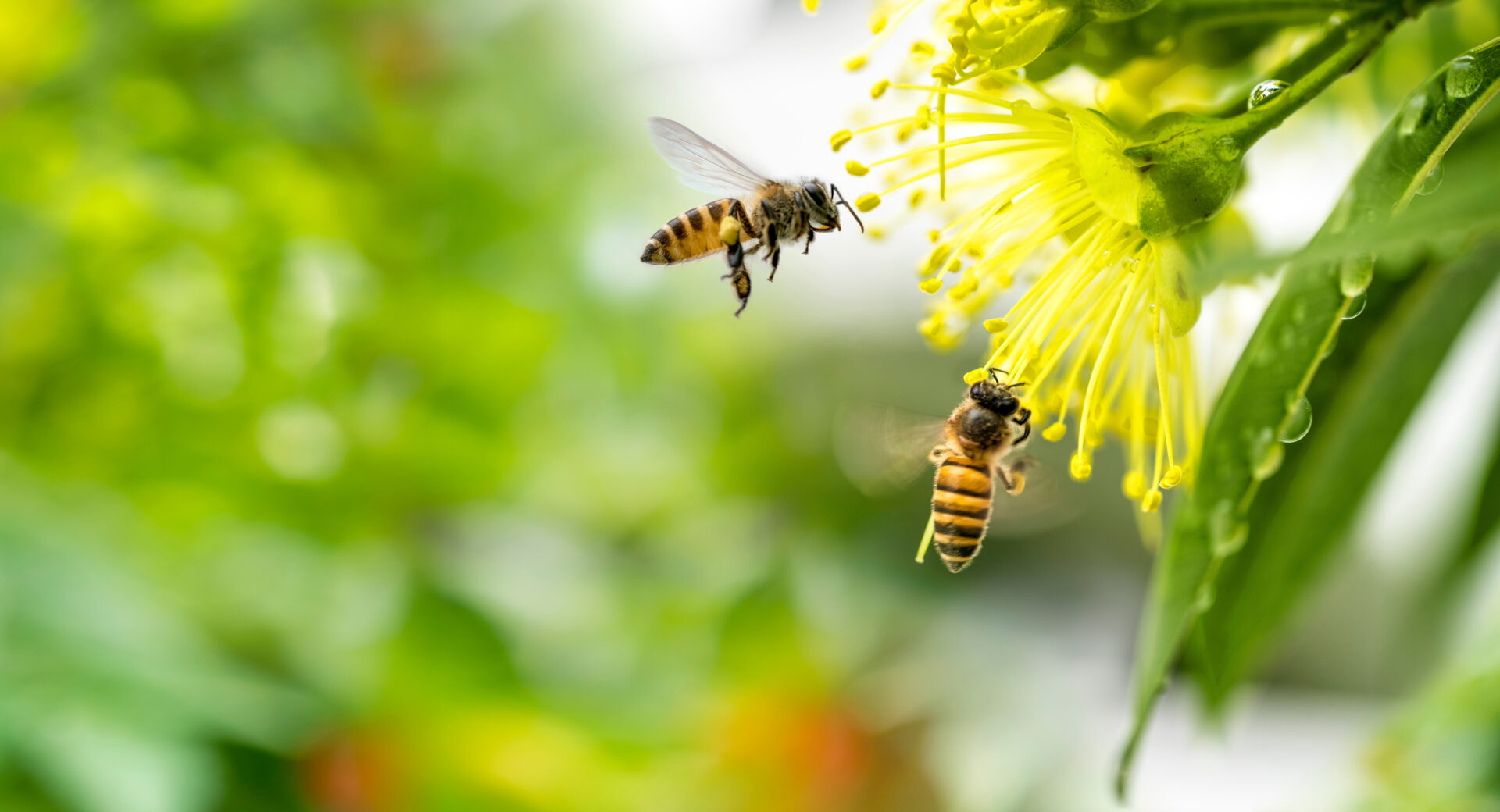This week, we head to the meadows and woods of West Virginia to catch the buzz on beekeeping.
And, it’s been over six years since Kentucky artist Lacy Hale designed her iconic “No Hate in My Holler” screen print. Appalachians are still telling her how much they identify with its message.
We also take a ride on the Cass Scenic Railroad and explore some one-of-a-kind getaways in West Virginia.
You’ll hear these stories and more this week, Inside Appalachia.
In This Episode:
- The Buzz About Bees In West Virginia
- Lacy Hale’s “No Hate In My Hollar”
- Glamping It Up With Cass Railroad
- Armadillo On My Mind
The Buzz About Bees In West Virginia
Credit: Margaret McLeod Leef/West Virginia Public Broadcasting
We visited among stands of black locust and tulip poplar trees for a report from Folkways Reporter Margaret Leef. She checks in with a community of West Virginia beekeepers.
Lacy Hale’s “No Hate in My Hollar”
In Pound, Virginia, near the Kentucky border, there’s a mural depicting an old woman smoking a pipe and holding a baby wrapped in a big bright quilt. The mural honors Nancy Mullins Shores, a beloved local midwife. It’s part of a growing body of work by artist Lacy Hale, who has been painting murals and turning out viral images from eastern Kentucky for years.
Host Mason Adams visited Hale and talked with her about the mural and “No Hate in My Holler,” a screen print she designed in 2017, in response to a Nazi rally.
Glamping It Up With Cass Railroad
Credit: Randy Yohe/West Virginia Public Broadcasting
Appalachia is full of odd, off-beat and cool places to rest for the night. West Virginia Public Broadcasting’s Randy Yohe and his wife, Vickie, like to get out, travel and explore unusual places to stay.
Randy brought back a story from one of their trips to the Cass Railroad in West Virginia.
Armadillo On My Mind
A lot of times we hear about animals becoming endangered or disappearing, but there are species that are emerging or moving into Appalachia, like the armadillo, which is usually found in the southwest.
In the last few years, armadillos have been spotted in the mountains of western Virginia.
Mason Adams spoke with Seth Thompson, a biologist with the Virginia Department of Wildlife Resources, who took the first reports of armadillos in the state.
——
Our theme music is by Matt Jackfert. Other music this week was provided by Tim Bing, Tyler Childers, Paul Loomis, and Chris Stapleton.
Bill Lynch is our producer. Zander Aloi is our associate producer. Our executive producer is Eric Douglas. Kelley Libby is our editor. Our audio mixer is Patrick Stephens.
You can send us an email: InsideAppalachia@wvpublic.org.
You can find us on Instagram and Twitter @InAppalachia. Or here on Facebook.
Sign-up for the Inside Appalachia Newsletter!
Inside Appalachia is a production of West Virginia Public Broadcasting.
